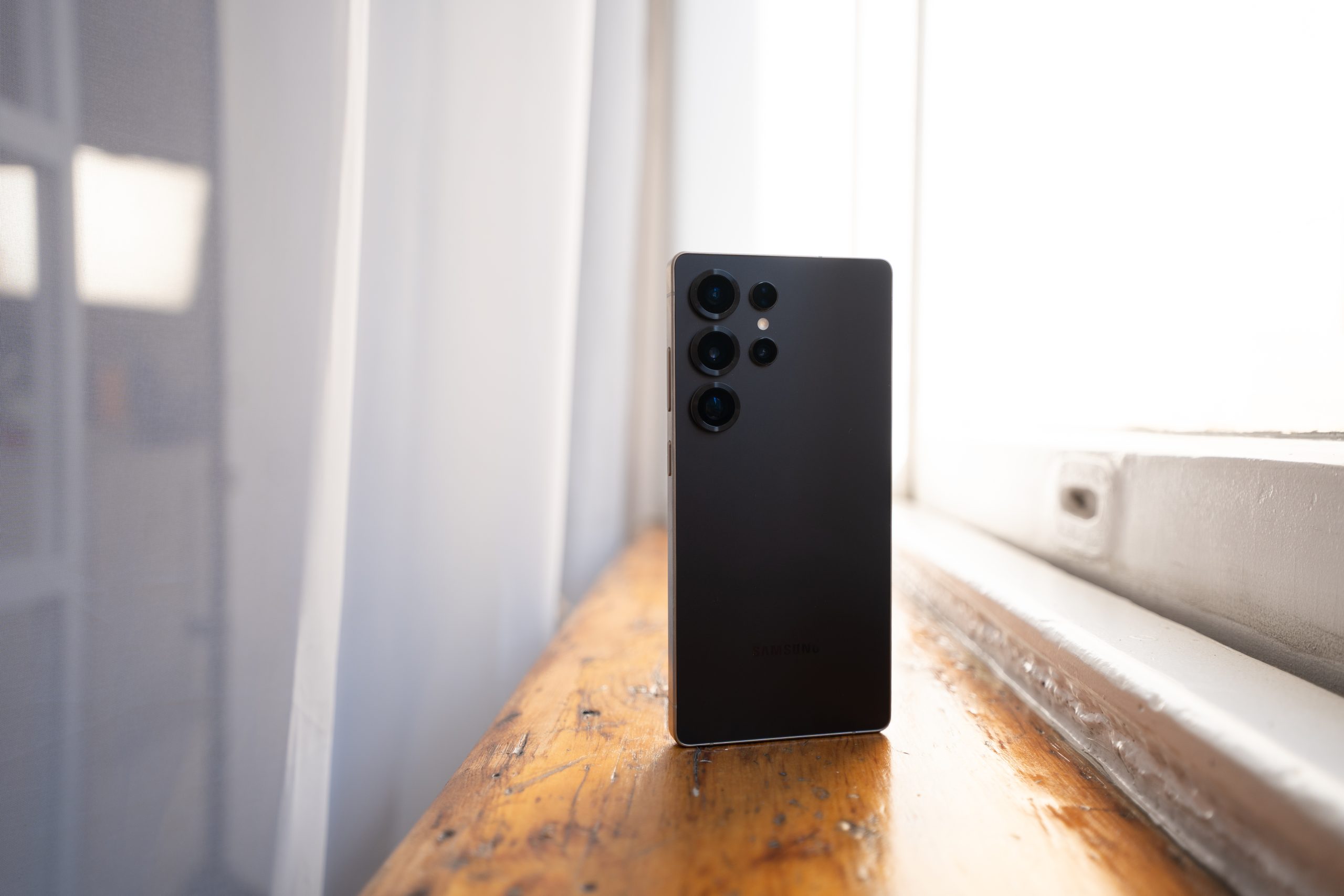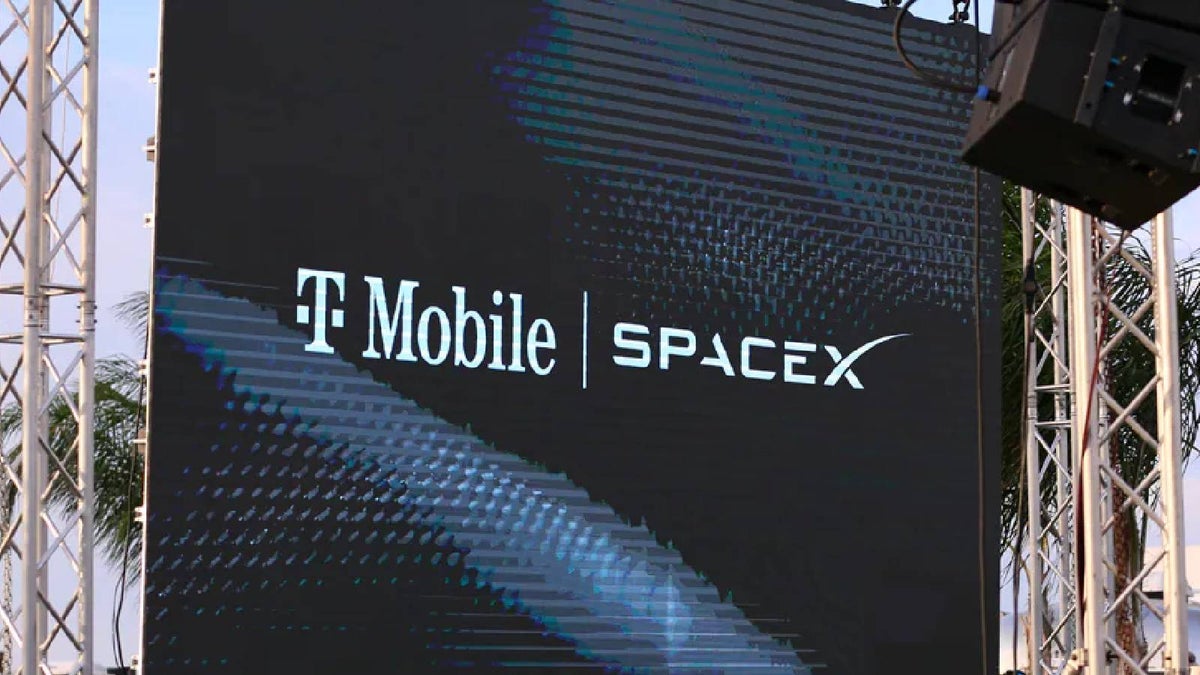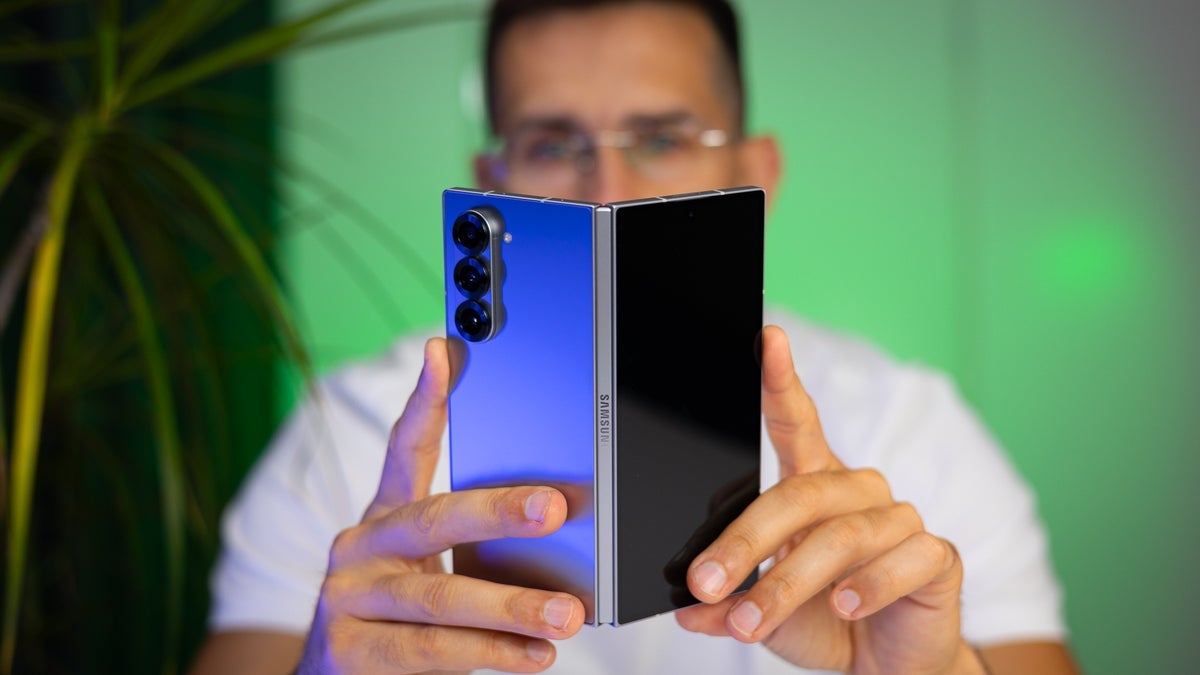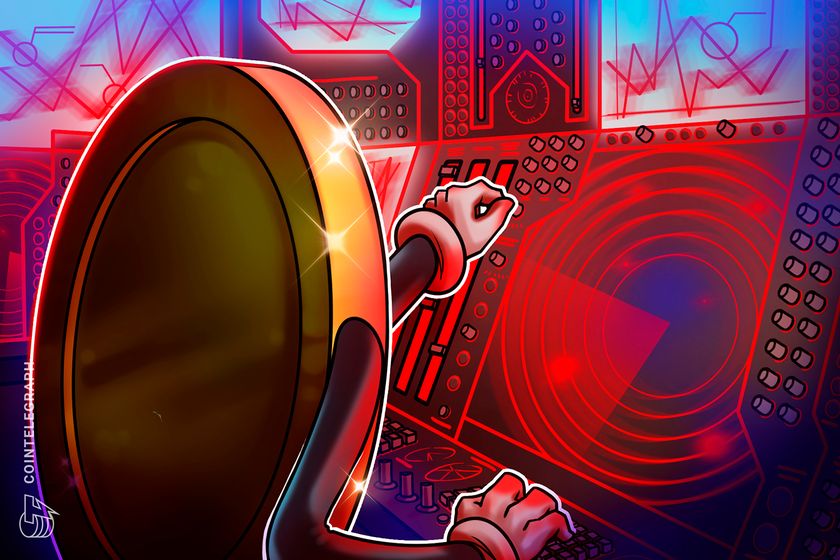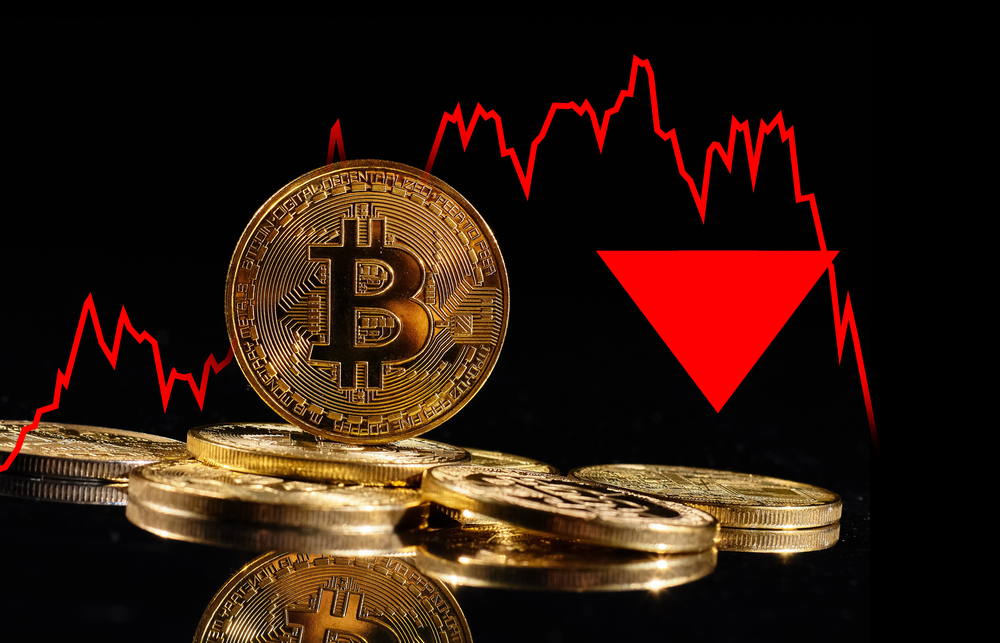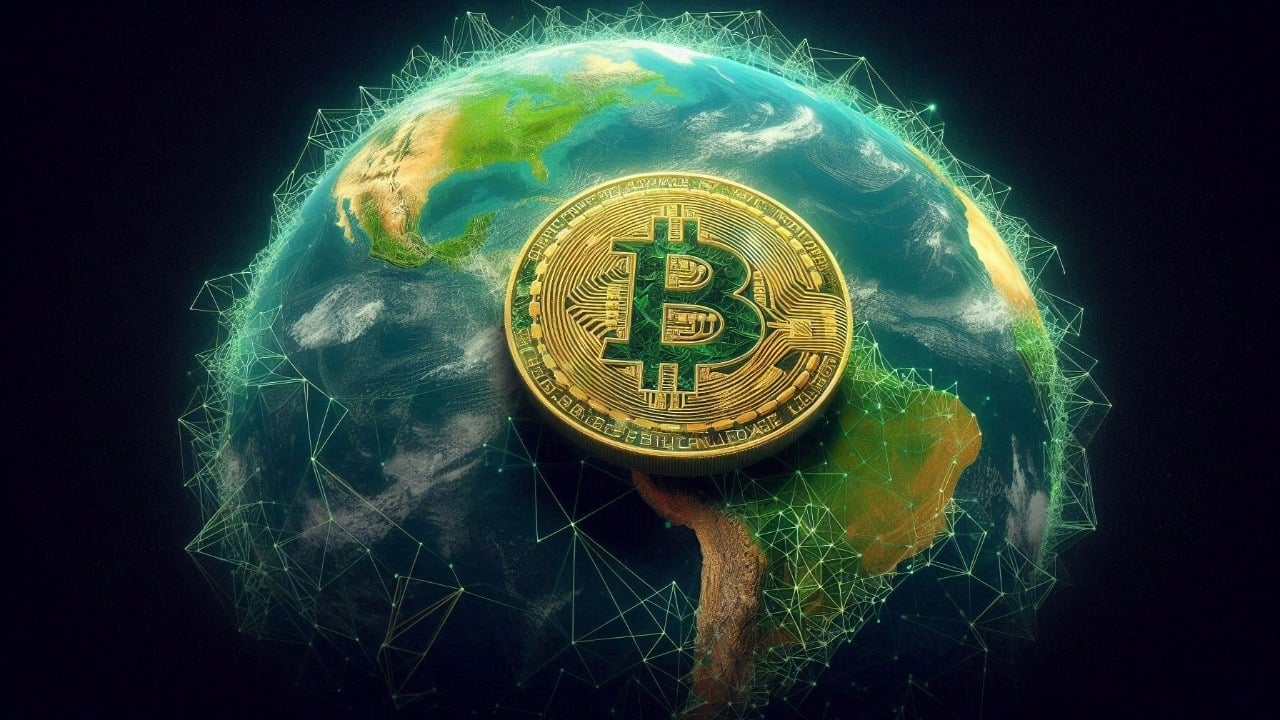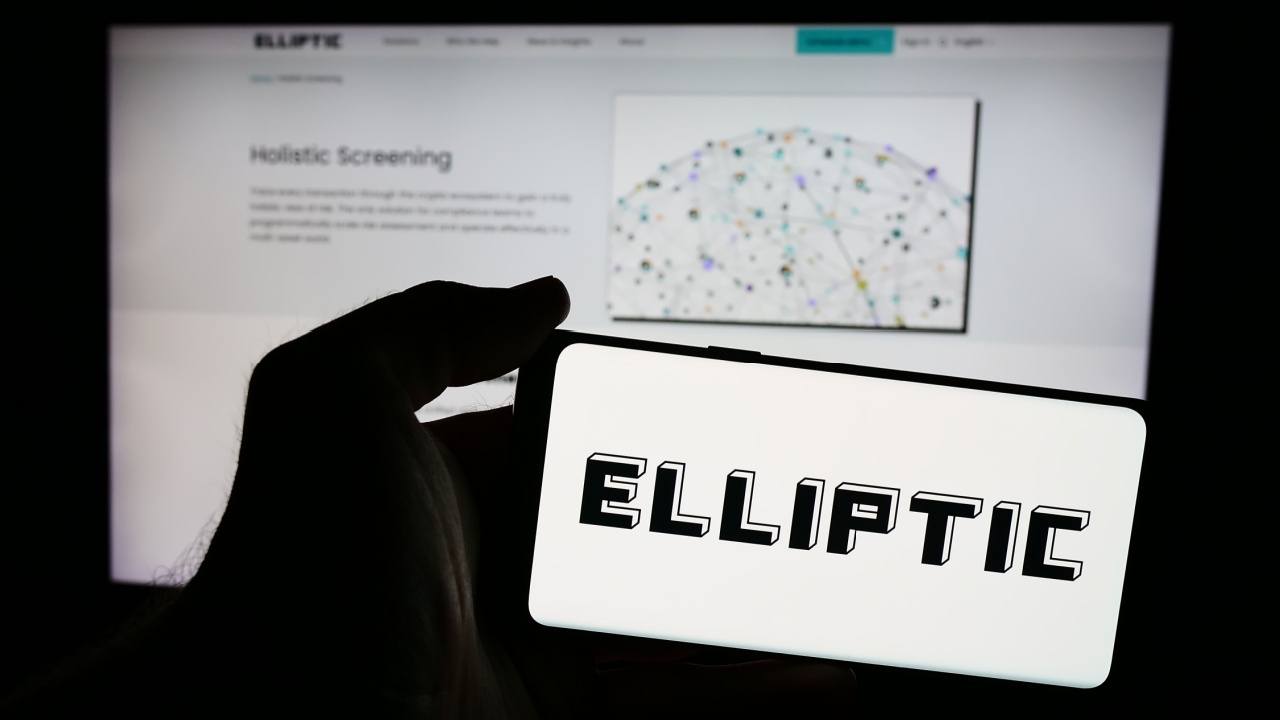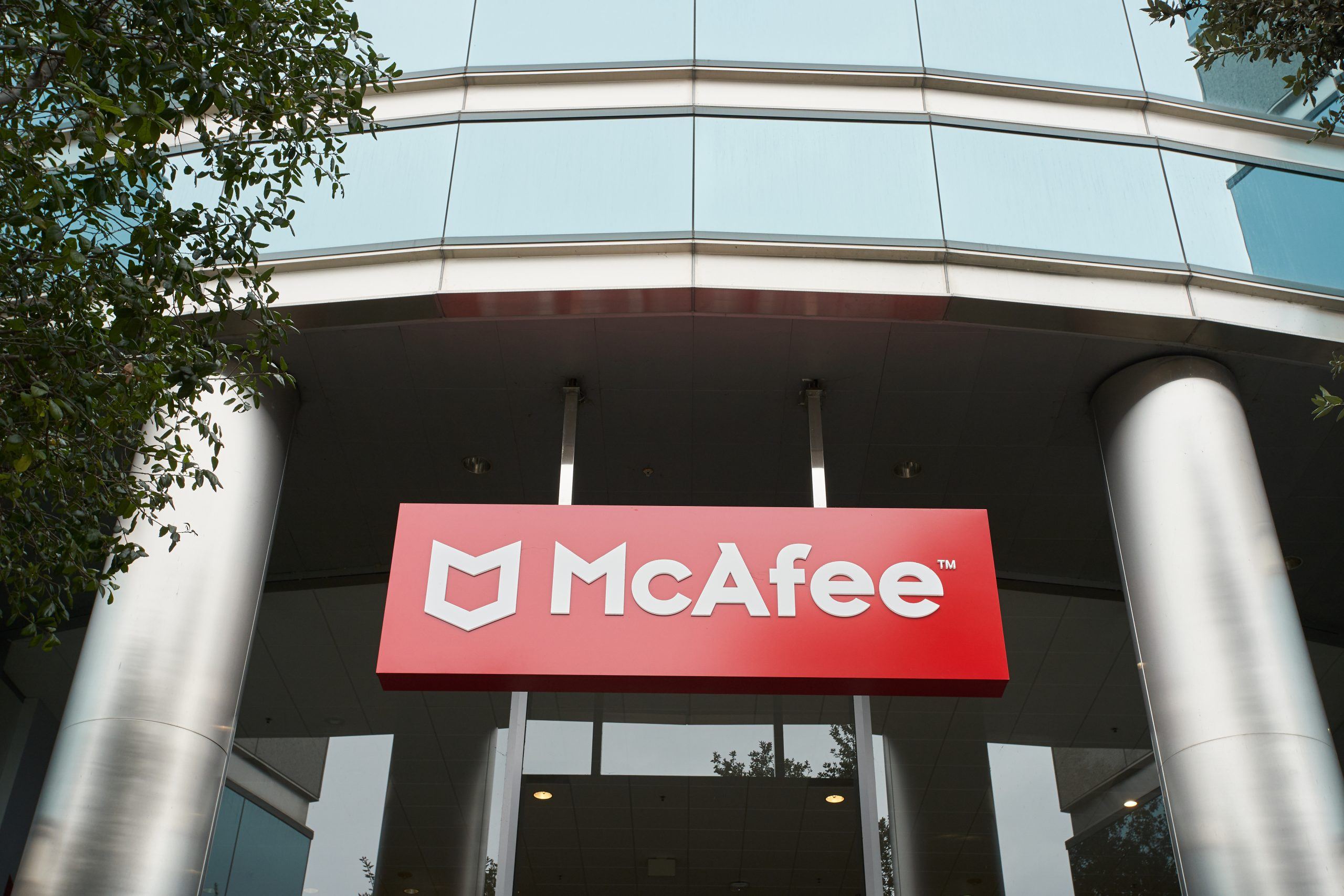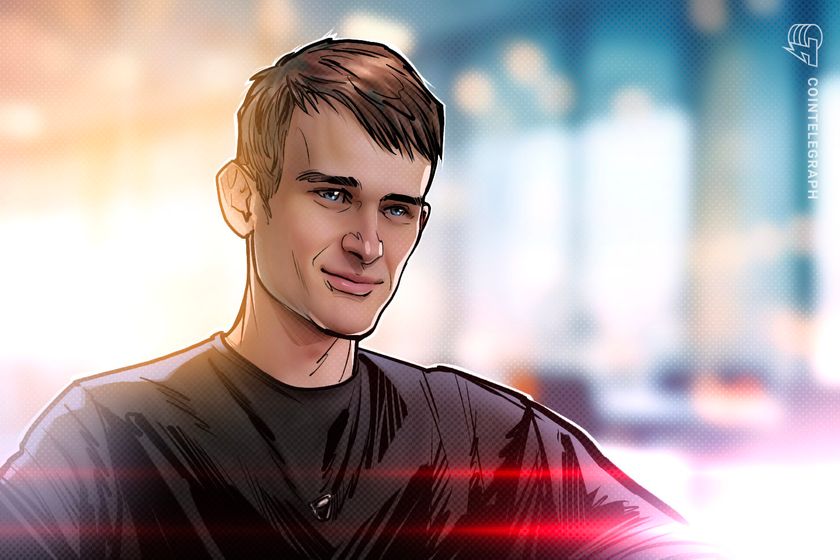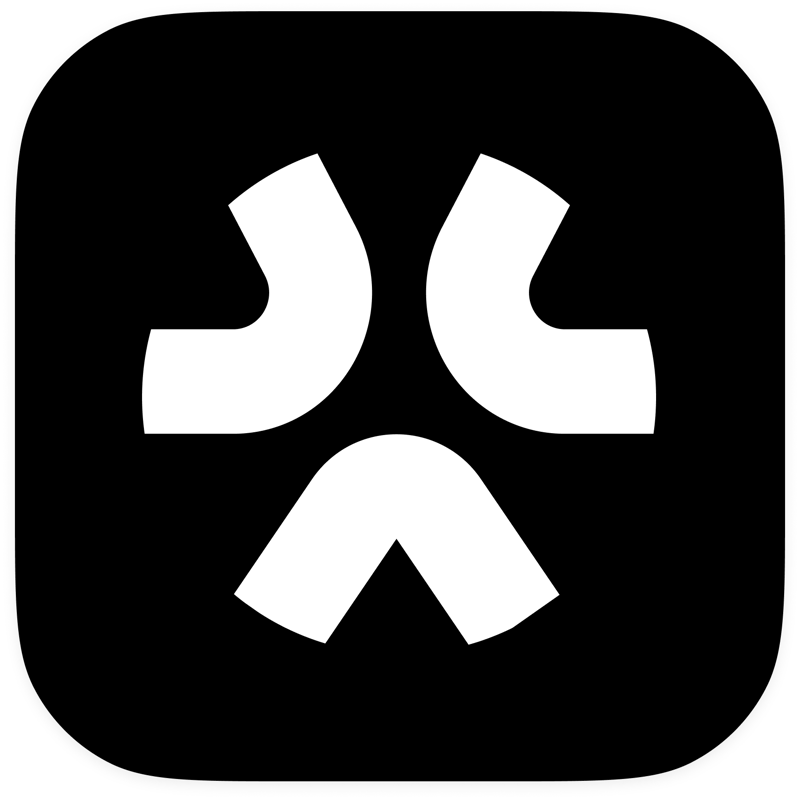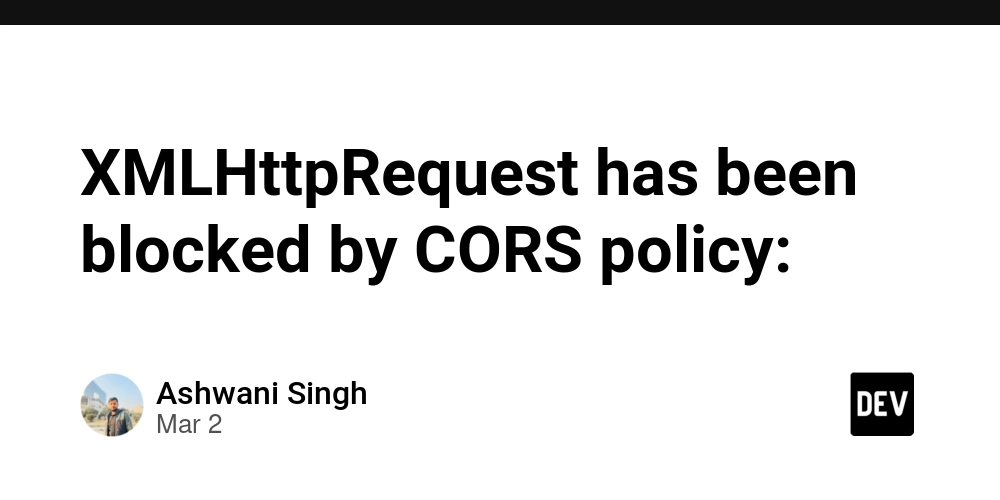Kaia: Powering Asia On-Chain Future
Kaia is a highly optimized BFT-based public blockchain designed to meet enterprise-grade reliability and performance standards. It powers Asia's on-chain future and was formed through the merger of the Klaytn and Finschia blockchains, which were initially developed by Kakao and LINE, respectively. Kaia brings Web3 to the fingertips of hundreds of millions across Asia. What is a BFT-based public blockchain This is a blockchain that utilizes Byzantine Fault Tolerance (BFT). This ensures consensus can be reached even if some nodes fail or act maliciously. The system relies on algorithms designed to handle up to ⅓ of nodes behaving incorrectly or dishonestly, without compromising the integrity of the network. Kaia blockchain offers: 1-second block generation and confirmation time. Processing capability of 4,000 transactions per second. Low gas price, approximately 1/10 of Ethereum. EVM (Ethereum Virtual Machine) compatibility, supporting Solidity contracts. Governance by reputable corporations worldwide forming Kaia Governance Council. Kaia blockchain aims to: Achieve immediate finality for transactions. Provide high transaction processing speed for real-world use cases. Lower the cost of running blockchain applications. Reduce barriers to entry for end-users. Facilitate easy technology adoption for various industries. Network Architecture Kaia's network is structured into three logical subnetworks: Core Cell Network (CCN): Core Cell (CC) is an entity that participates in the consensus process and is responsible for transaction verification, execution, and block creation. A Kaia Core Cell (CC) consists of the following components. Consensus Node (CN): Consensus Nodes participate in the block generation process. Proxy Node (PN): Proxy Nodes provide the interface to the network. Proxy Nodes transmit the transaction requests to the Consensus Nodes and propagate the blocks down to the Endpoint Nodes. It is recommended that a Core Cell consists of one Consensus node with two or more Proxy Nodes. A Consensus Node connects to other Consensus Nodes within the Core Cell Network to perform consensus. Consensus Nodes only accept connections from their Proxy Nodes in the same Core Cell to receive transaction requests and propagate blocks to the network. Proxy Nodes accept connections from any Endpoint Nodes within the Endpoint Node Network. Endpoint Node Network (ENN): Endpoint Nodes (ENs) that handle RPC API requests and process data for service chains. Anyone who wants to send transactions or query the state of the Kaia network using Kaia APIs needs to do so via an Endpoint Node. The Endpoint Nodes are the interface to the Kaia Network. An Endpoint Node has the following roles and functions. Synchronize the blockchain data. Validate the blocks newly received. Handles query requests. Transmits transaction requests to the Proxy Nodes. The Endpoint Node install binary comes with the following interfaces and utilities. JSON-RPC APIs: JSON-RPC server runs inside the node, and it exposes APIs for Blockchain Application development. It has several node management APIs as well. Command-line Interface: Provides account management and node configuration functions. An interactive JavaScript console is also provided, that is attached to the node. JavaScript console implements most of the caver-js APIs. Service Chain Network (SCN): Auxiliary blockchains independently operated by dApps, connected to the main chain via ENs. It helps dApp developers who need high TPS, minimal transaction fees, or data privacy and anyone who wants to build a local private network or a ledger database for testing. Kaia Service Chain provides the following features. Immediate finality. Cross-chain token transfer. Data anchoring to the main chain. Multi-sig bridge contract to meet enterprise security requirements. Kaia Portal At Kaia, the top priority is delivering seamless Web3 user experiences, ranging from DeFi to on-chain gaming and NFTs. User experience is strongly believed to be essential for making the benefits of Web3 available to everyone, not just those well-versed in crypto. In addition to developing a fast and highly usable Layer 1 blockchain, Kaia has pioneered a messenger wallet that eliminates the need for key management. Kaia Portal lets you swap, bridge, stake, and on-ramp easily through its user-friendly interface on desktop, mobile, and shortly, within LINE Messenger itself. Beyond common DeFi functions, a points-based rewards system will be added soon where old and new users will be rewarded for participating in Missions across the Kaia DeFi and broader ecosystem. In Epoch 1 of Kaia Portal’s Missions, attractive token reward opportunities were distributed by utilizing Kaia their DeFi partners. In the subsequent Epoch 2, attractive rewards will be given out when users participate in the missions involving the Kaia Wave program. We still have other ways Kaia incentivises
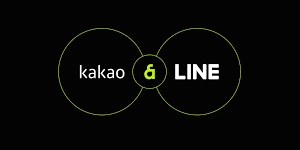
Kaia is a highly optimized BFT-based public blockchain designed to meet enterprise-grade reliability and performance standards. It powers Asia's on-chain future and was formed through the merger of the Klaytn and Finschia blockchains, which were initially developed by Kakao and LINE, respectively. Kaia brings Web3 to the fingertips of hundreds of millions across Asia.
What is a BFT-based public blockchain
This is a blockchain that utilizes Byzantine Fault Tolerance (BFT). This ensures consensus can be reached even if some nodes fail or act maliciously. The system relies on algorithms designed to handle up to ⅓ of nodes behaving incorrectly or dishonestly, without compromising the integrity of the network.
Kaia blockchain offers:
- 1-second block generation and confirmation time.
- Processing capability of 4,000 transactions per second.
- Low gas price, approximately 1/10 of Ethereum.
- EVM (Ethereum Virtual Machine) compatibility, supporting Solidity contracts.
- Governance by reputable corporations worldwide forming Kaia Governance Council.
Kaia blockchain aims to:
- Achieve immediate finality for transactions.
- Provide high transaction processing speed for real-world use cases.
- Lower the cost of running blockchain applications.
- Reduce barriers to entry for end-users.
- Facilitate easy technology adoption for various industries.
Network Architecture
Kaia's network is structured into three logical subnetworks:
- Core Cell Network (CCN):
Core Cell (CC) is an entity that participates in the consensus process and is responsible for transaction verification, execution, and block creation. A Kaia Core Cell (CC) consists of the following components.
Consensus Node (CN): Consensus Nodes participate in the block generation process.
Proxy Node (PN): Proxy Nodes provide the interface to the network. Proxy Nodes transmit the transaction requests to the Consensus Nodes and propagate the blocks down to the Endpoint Nodes.
It is recommended that a Core Cell consists of one Consensus node with two or more Proxy Nodes. A Consensus Node connects to other Consensus Nodes within the Core Cell Network to perform consensus. Consensus Nodes only accept connections from their Proxy Nodes in the same Core Cell to receive transaction requests and propagate blocks to the network. Proxy Nodes accept connections from any Endpoint Nodes within the Endpoint Node Network.
Endpoint Node Network (ENN): Endpoint Nodes (ENs) that handle RPC API requests and process data for service chains. Anyone who wants to send transactions or query the state of the Kaia network using Kaia APIs needs to do so via an Endpoint Node. The Endpoint Nodes are the interface to the Kaia Network.
An Endpoint Node has the following roles and functions.
- Synchronize the blockchain data.
- Validate the blocks newly received.
- Handles query requests.
- Transmits transaction requests to the Proxy Nodes.
The Endpoint Node install binary comes with the following interfaces and utilities.
- JSON-RPC APIs: JSON-RPC server runs inside the node, and it exposes APIs for Blockchain Application development. It has several node management APIs as well.
- Command-line Interface: Provides account management and node configuration functions. An interactive JavaScript console is also provided, that is attached to the node. JavaScript console implements most of the caver-js APIs.
Service Chain Network (SCN): Auxiliary blockchains independently operated by dApps, connected to the main chain via ENs. It helps dApp developers who need high TPS, minimal transaction fees, or data privacy and anyone who wants to build a local private network or a ledger database for testing.
Kaia Service Chain provides the following features.
- Immediate finality.
- Cross-chain token transfer.
- Data anchoring to the main chain.
- Multi-sig bridge contract to meet enterprise security requirements.
Kaia Portal
At Kaia, the top priority is delivering seamless Web3 user experiences, ranging from DeFi to on-chain gaming and NFTs. User experience is strongly believed to be essential for making the benefits of Web3 available to everyone, not just those well-versed in crypto. In addition to developing a fast and highly usable Layer 1 blockchain, Kaia has pioneered a messenger wallet that eliminates the need for key management.
Kaia Portal lets you swap, bridge, stake, and on-ramp easily through its user-friendly interface on desktop, mobile, and shortly, within LINE Messenger itself. Beyond common DeFi functions, a points-based rewards system will be added soon where old and new users will be rewarded for participating in Missions across the Kaia DeFi and broader ecosystem.
In Epoch 1 of Kaia Portal’s Missions, attractive token reward opportunities were distributed by utilizing Kaia their DeFi partners.
In the subsequent Epoch 2, attractive rewards will be given out when users participate in the missions involving the Kaia Wave program.
We still have other ways Kaia incentivises their users, including builders, developers and partners, making the ecosystem the place to be.
Kaia Portal Mission Epoch #1 Incentive Design
Although the Epoch #1 missions were concluded on December 25, 2024, at 3:00 PM (UTC+9), we want to have an overview of what occurred and what to look forward to in Epoch #1. It was designed to boost liquidity and user engagement within the Kaia ecosystem. Allocating up to 50 million KAIA tokens, alongside participating projects which were also be allocating their tokens. When successfully completed, participants earned points that can be converted into vested KAIA tokens and project tokens once the Epoch ends.
In Epoch 1, the missions revolved around providing liquidity to Kaia DeFi protocols, and the rewards were:
- Kaia points
- Points from participating projects
- D2I program rewards
- Yield from DeFi protocols
The goal was to have new applications and DeFi use cases built on Kaia expand the range of available assets and support increased volume, resulting in higher fees for liquidity providers and boosting ecosystem trading activity. This was aimed at creating a flywheel effect, where increased activity and liquidity enhance the overall ecosystem.
Maximum Transparency
While many point systems are opaque about their reward calculations, Kaia Portal Missions are designed to be maximally transparent, in everything from campaign duration to point calculation formulas as Kaia users deserve nothing less.
Campaign Duration
The missions officially began on September 26th and went on for the following three months. During this period, additional airdrop opportunities, new participating projects, and asset boosts were introduced with each Epoch.
Early Adopters
For participants in the missions between August 29th and September 26th, even with a deposit of just $1 into any DeFi protocol listed in the Mission tab, the corresponding wallet qualified for the Early Adopter boost which added a 1.2x bonus multiplier to all points earned thereafter.
Rewards
- Kaia Rewards
Up to 20 million, KAIA was awarded to general participants based on milestones. Wallets that participated in the FGP-23 voting in the existing Finschia ecosystem received up to 30 million KAIA. This reward pool is separate from the general participants’ pool and is exclusively for wallets that voted in FGP-23. Users with long-term on-chain contributions in the Finschia ecosystem receive a weighted reward of 10 million KAIA by participating in the Kaia Portal Missions, based on their contributions.
- 25M KAIA (10M for general participants / 15M for FGP-23 participants) allocated for the points airdrop
- 12.5M KAIA (5M additional KAIA for general participants / 7.5M KAIA for FGP-23 participants) unlocked at $100M TVL
- 12.5M KAIA (5M additional KAIA for general participants / 7.5M KAIA for FGP-23 participants) unlocked at $150M TVL
The pool for FGP-23 participants does not overlap with the general participant pool.
- Vesting
Tokens converted at the end of the campaign were distributed over six months. When the campaign ends and a user claims point conversion the Kaia Tokens will have a 6-month vesting period.
- Partner Project Rewards
All participants are going to receive points from each partner in their respective Portal Mission. The criteria for points provision vary by partner, and details will be updated soon. Participating projects in Kaia Portal Missions are required to have been audited by professional auditors and verified protocols, to guarantee safe participation with confidence.
Reward Distribution
The rewards for Epoch #1 are distributed over six instalments from January 7 to June 7, with payments made on the 7th of each month. The distribution breakdown is as follows:
Instalments 1–4: 15% each
Installments 5–6: 20% each
Participants can claim their rewards anytime, with the final claim period ending on June 30, 2025. For those who find monthly claims inconvenient, they can claim all rewards in one go after the sixth instalments have been distributed.
For existing FNSA long-term stakers, the 10 million KAIA allocated under the “KAIA On-chain Contributor Rewards Guidelines” will be combined with the point rewards for distribution.
Grants and Bounties
You can build projects that drive the adoption and advancement of Kaia.
With these Guidelines
- Identify the potential of your projects
- Prepare a detailed proposal
- Submit your project
- Engage with the community
Types of Grant
The KEF is dedicated to fostering Kaia ecosystem services and developer communities. All proposals aiming to draw from the KEF will require approval from the Kaia Governance Council via on-chain voting for maximum transparency.
Kaia Infrastructure Fund (KIF)
The KIF is allocated to support the growth of new GCs, develop key services, and manage foundation operations. The fund operates autonomously and transparently, ensuring that resources are effectively directed towards the ecosystem’s development.
IOK
The IOK program is designed to contribute towards seamless builder onboarding by providing pragmatic, go-to-market support across the technical, and business aspects for dApp developers. With over 150+ partners across 10+ categories among global top-tier players. This program has two classifications to benefit from, one for developers and one for partners
For Developers
Time and Cost Savings
DApps created using Kaia can save time and costs by finding reliable partners through the program.Focus on product development
DApps created using Kaia can save time and costs by finding reliable partners through the program.Networking Opportunities
Developers can accumulate excellent references over time, enhancing their reputation in the industry.Quality services
DApps can receive industry-leading quality services at reasonable prices.
For Partners
Building references
Partners can accumulate excellent references over time, enhancing their reputation in the industry.Attracting and retaining customers
Partners can consistently attract and retain customers.Networking Opportunities
Partners can also take advantage of networking opportunities with top-tier players.Early Communication
Partners have the first communication opportunity with a number of dApps that are onboarding to the Kaia Chain.
D2l(Dragon DeFi Initiative)
The D2I(Dragon DeFi Initiative) program is an incentive program to foster a strong DeFi ecosystem on Kaia. The current D2I program prioritizes the discovery and support of public infrastructure, such as decentralized exchanges (DEXs) and lending protocols, which are core to any DeFi ecosystem. This means DApps that adopt innovative structures, such as on-chain order books and hybrid DEXs, as well as existing ecosystem participants that meet the requirements of D2I are also eligible for the program.
Bounty Program
You can get widespread recognition from the team and Kaia ecosystem and
earn rewards based on the severity and impact of the bugs and build a track record to explore more opportunities with Kaia projects
Type of Bounties
Bug Bounties
Developers can earn up to $20K by finding protocol bugs and vulnerabilities. To get started just simply visit











































































































































































![[The AI Show Episode 143]: ChatGPT Revenue Surge, New AGI Timelines, Amazon’s AI Agent, Claude for Education, Model Context Protocol & LLMs Pass the Turing Test](https://www.marketingaiinstitute.com/hubfs/ep%20143%20cover.png)













































































































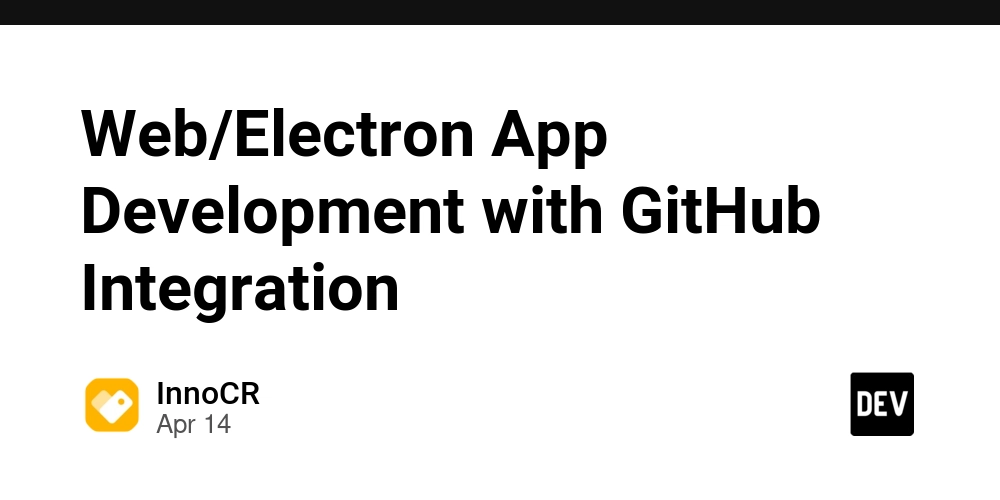
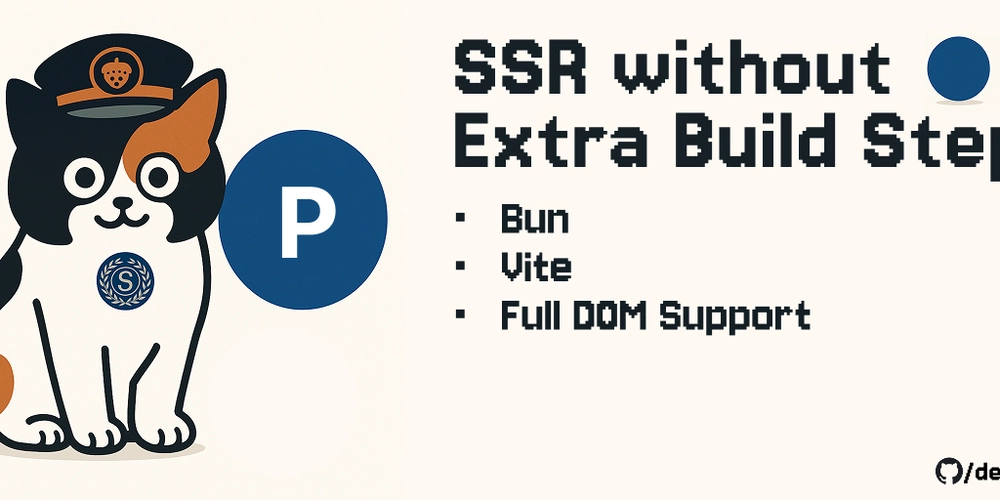

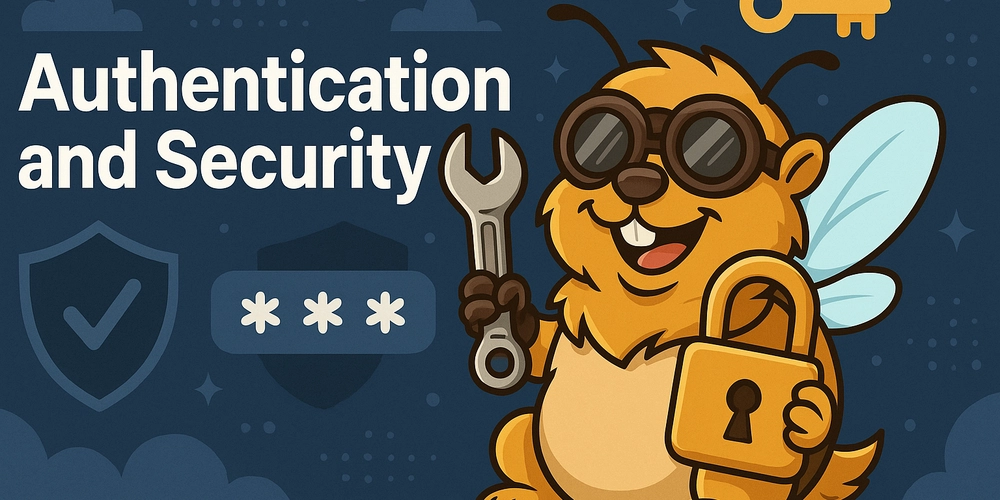









![[DEALS] Microsoft Visual Studio Professional 2022 + The Premium Learn to Code Certification Bundle (97% off) & Other Deals Up To 98% Off](https://www.javacodegeeks.com/wp-content/uploads/2012/12/jcg-logo.jpg)

![From Accountant to Data Engineer with Alyson La [Podcast #168]](https://cdn.hashnode.com/res/hashnode/image/upload/v1744420903260/fae4b593-d653-41eb-b70b-031591aa2f35.png?#)








































































































.png?#)
















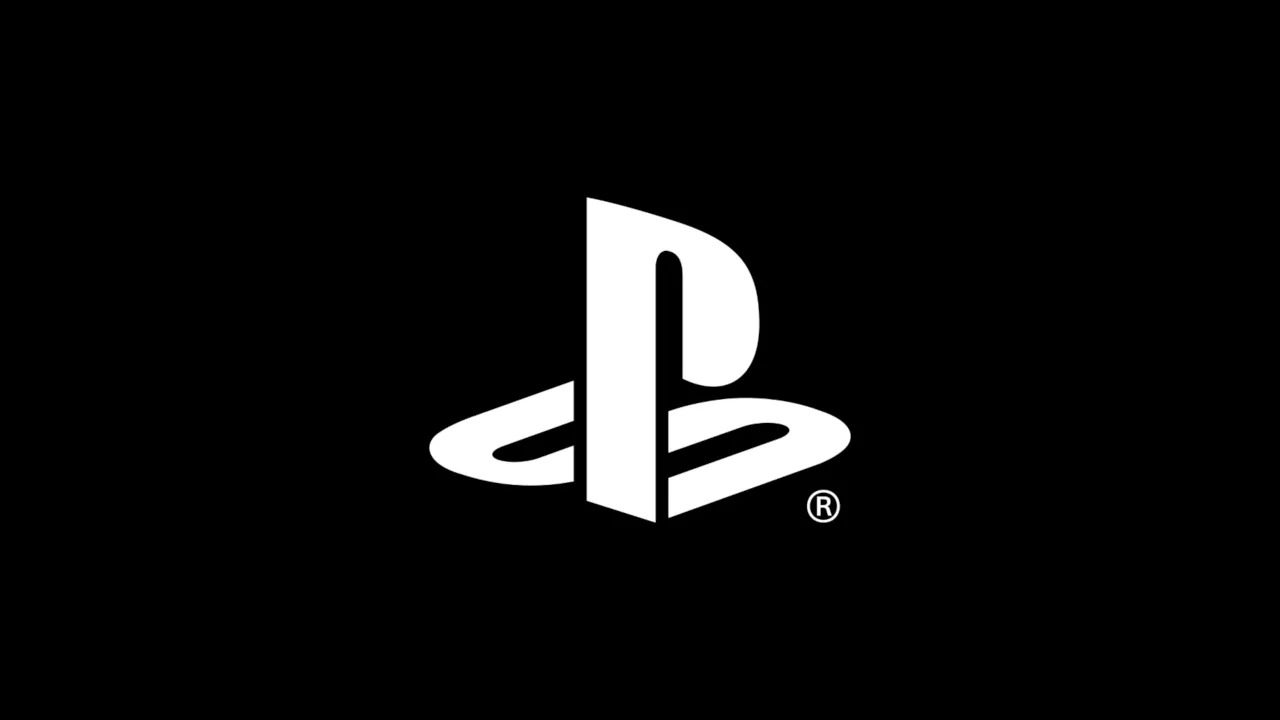






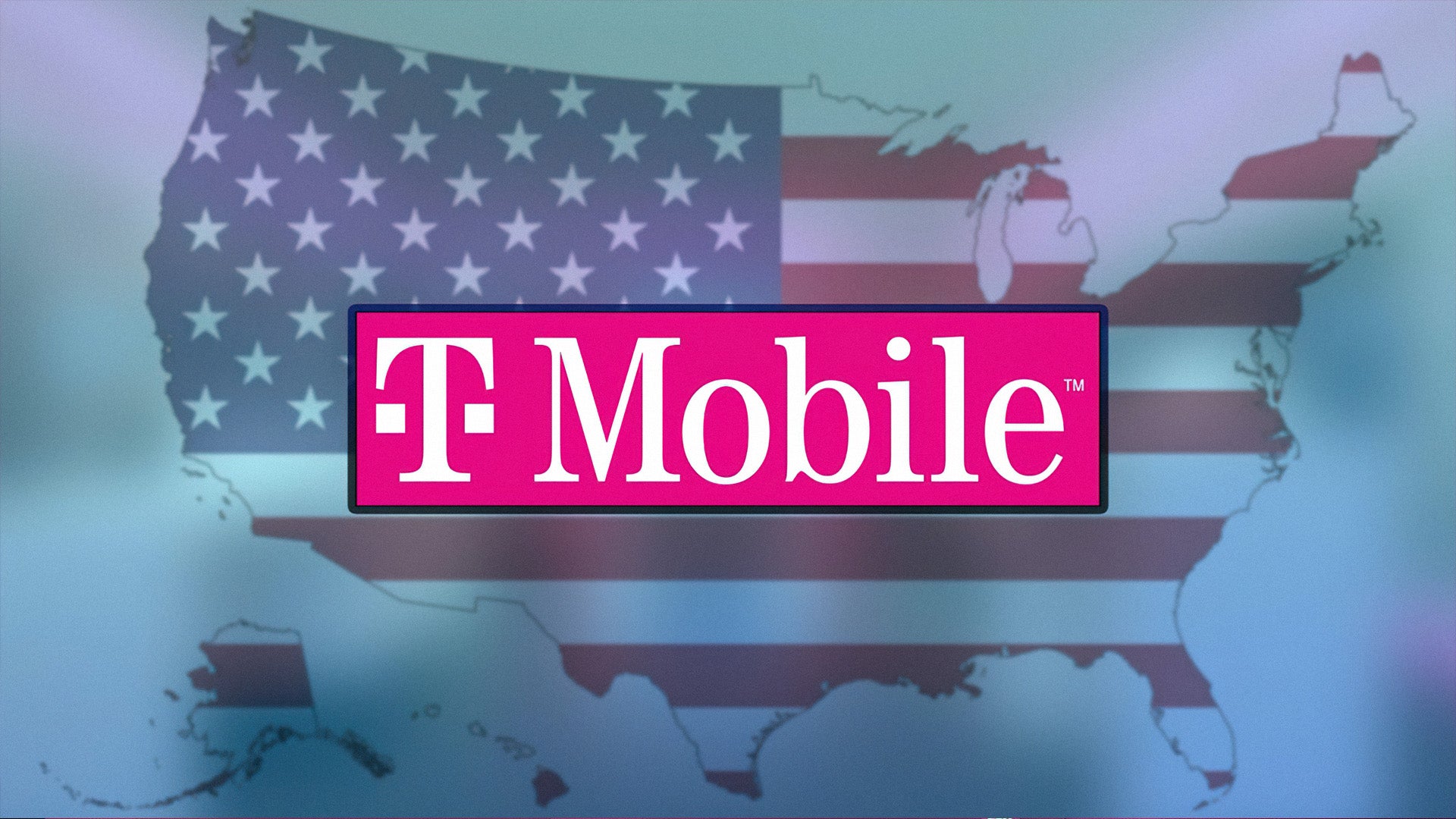








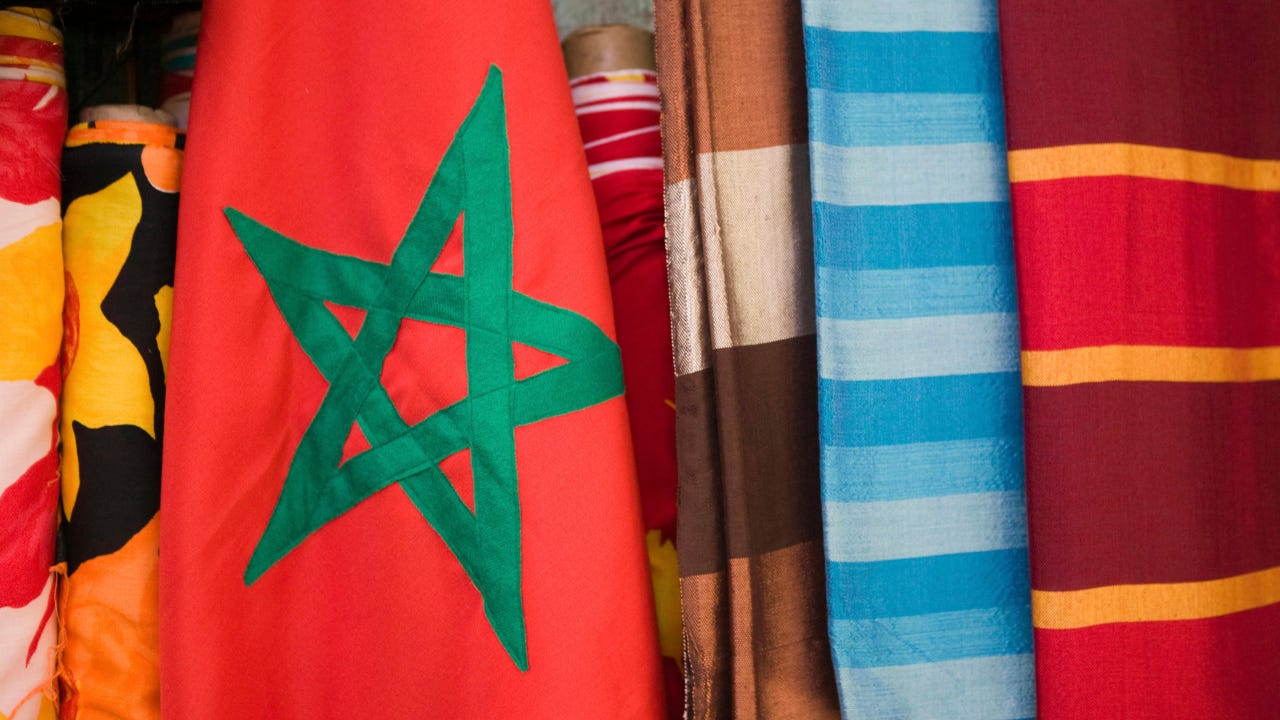







































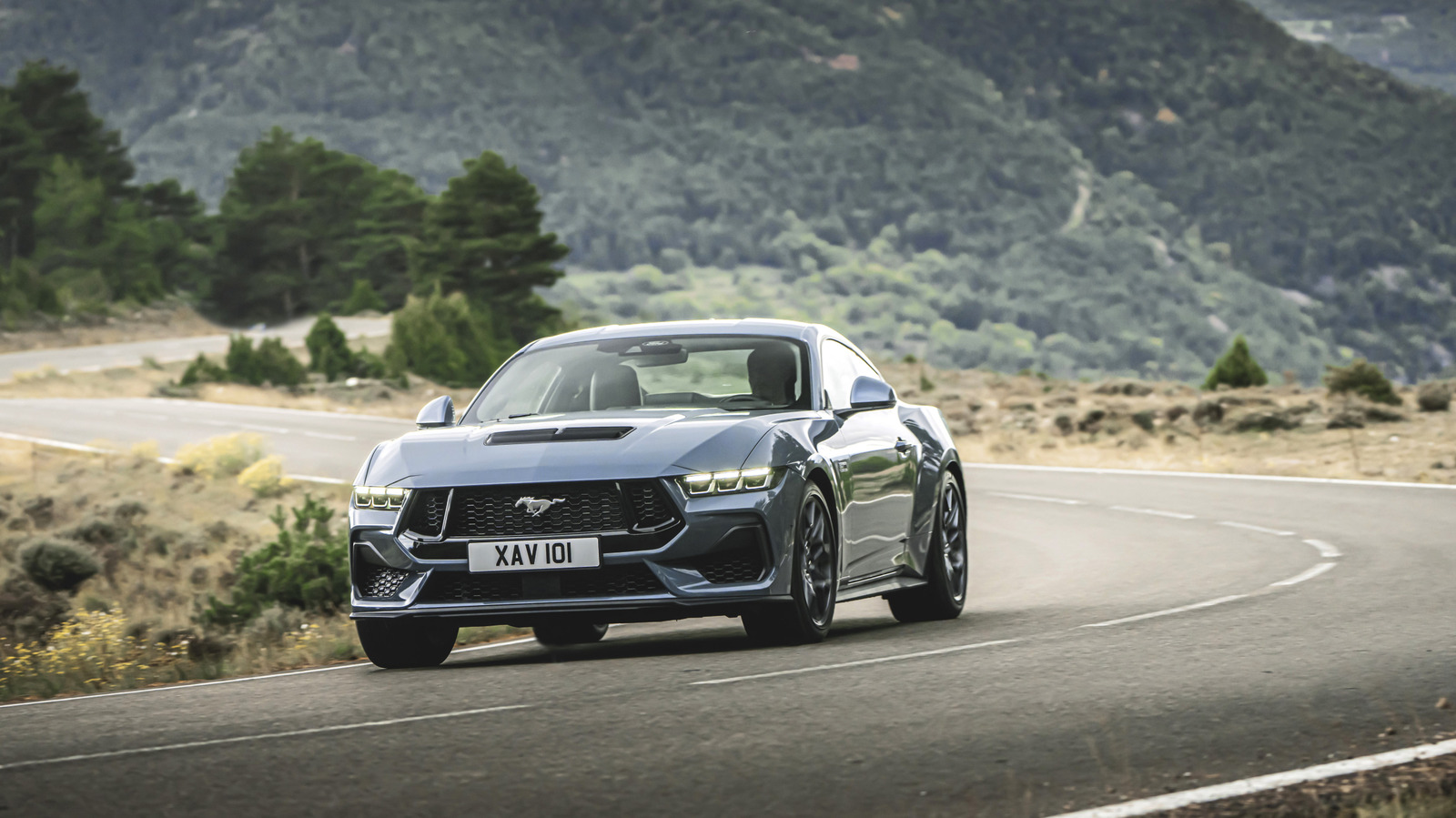















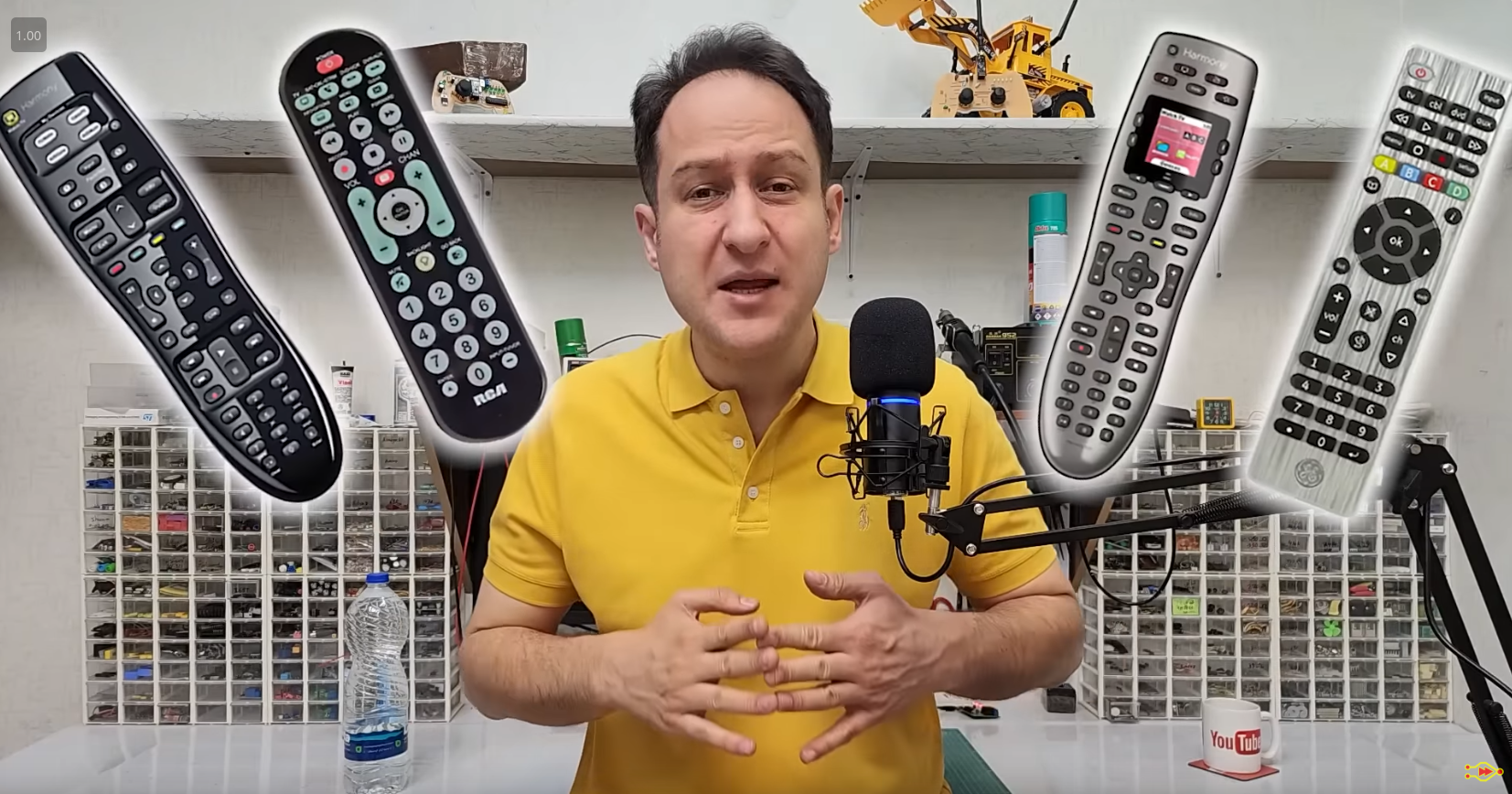

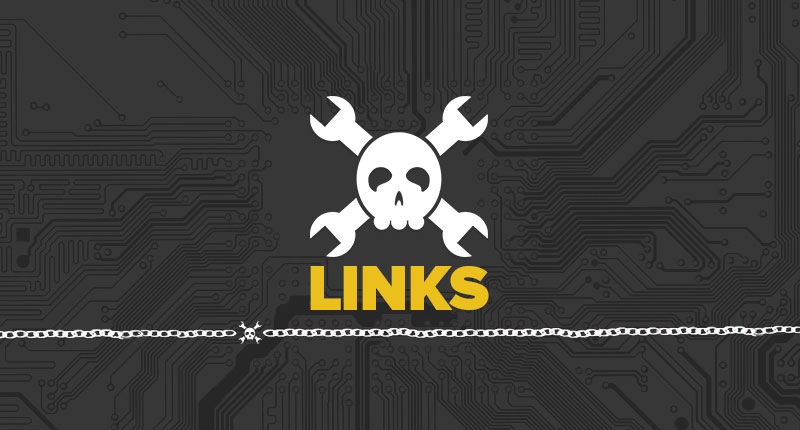































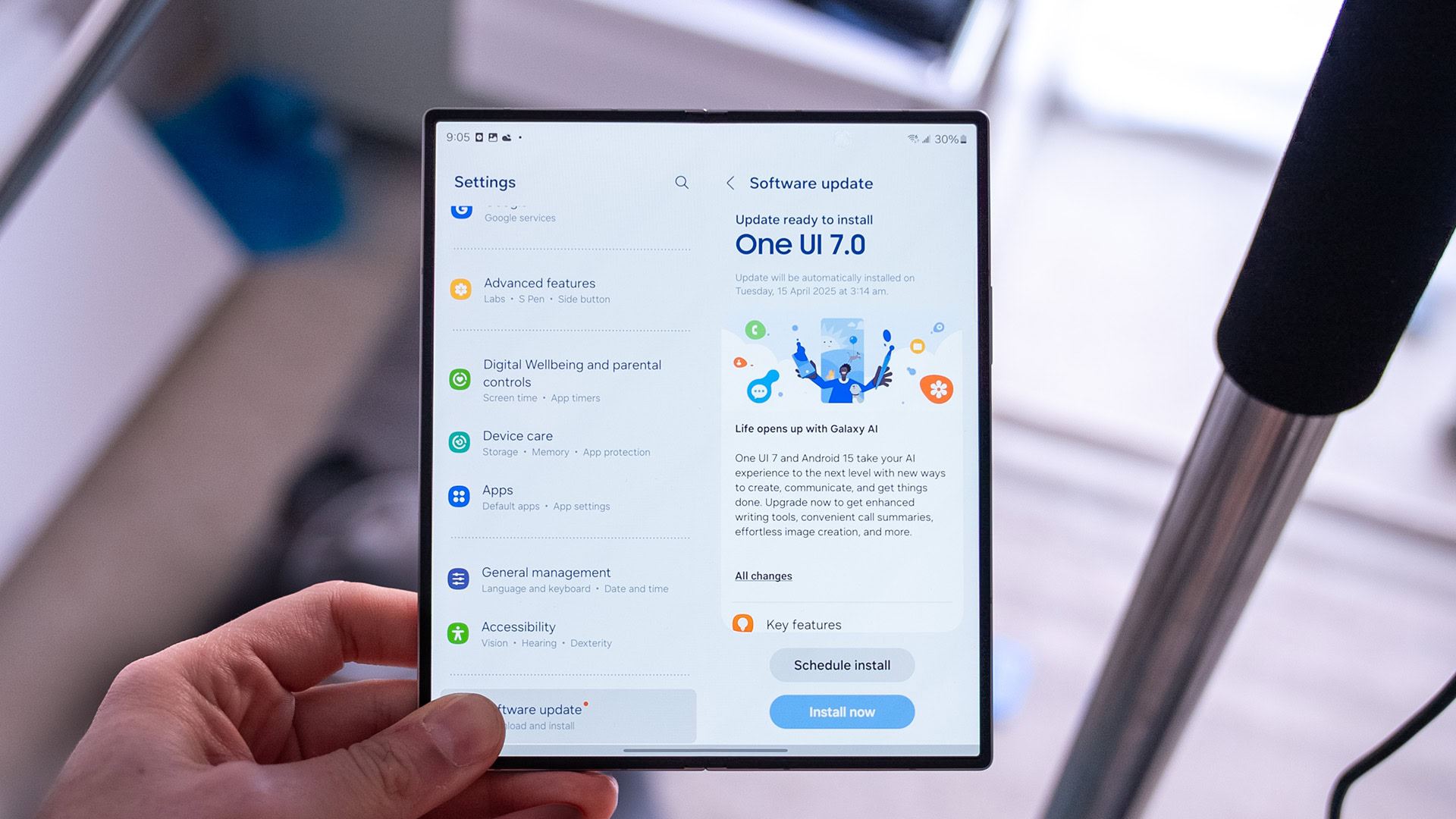







![What Google Messages features are rolling out [April 2025]](https://i0.wp.com/9to5google.com/wp-content/uploads/sites/4/2023/12/google-messages-name-cover.png?resize=1200%2C628&quality=82&strip=all&ssl=1)










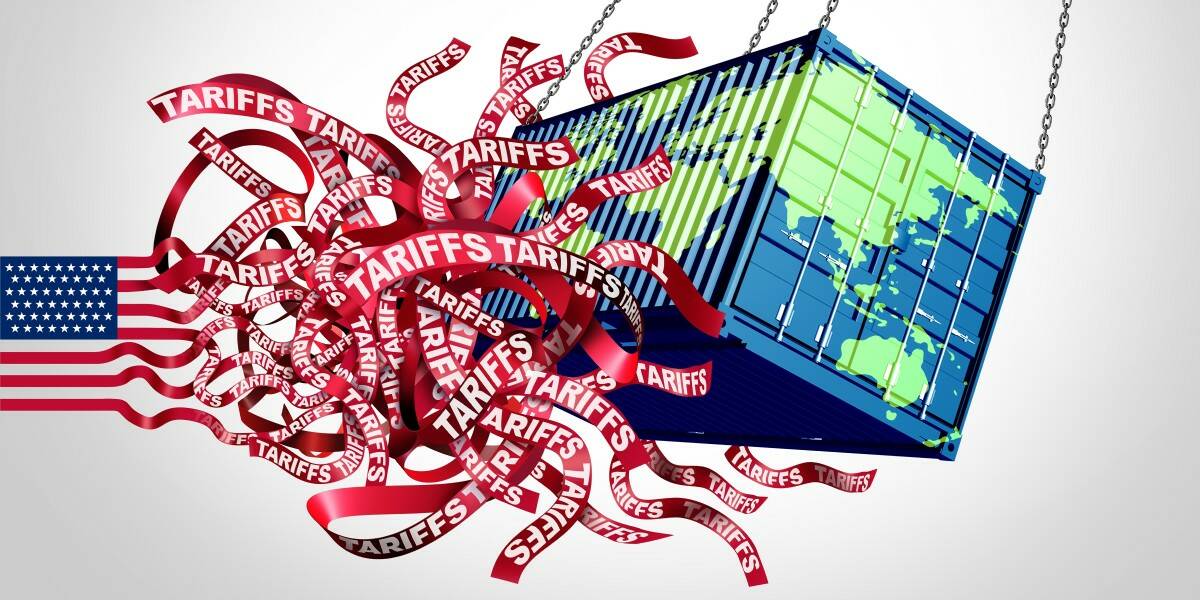

![iPadOS 19 Will Be More Like macOS [Gurman]](https://www.iclarified.com/images/news/97001/97001/97001-640.jpg)
![Apple TV+ Summer Preview 2025 [Video]](https://www.iclarified.com/images/news/96999/96999/96999-640.jpg)
![Apple Watch SE 2 On Sale for Just $169.97 [Deal]](https://www.iclarified.com/images/news/96996/96996/96996-640.jpg)













